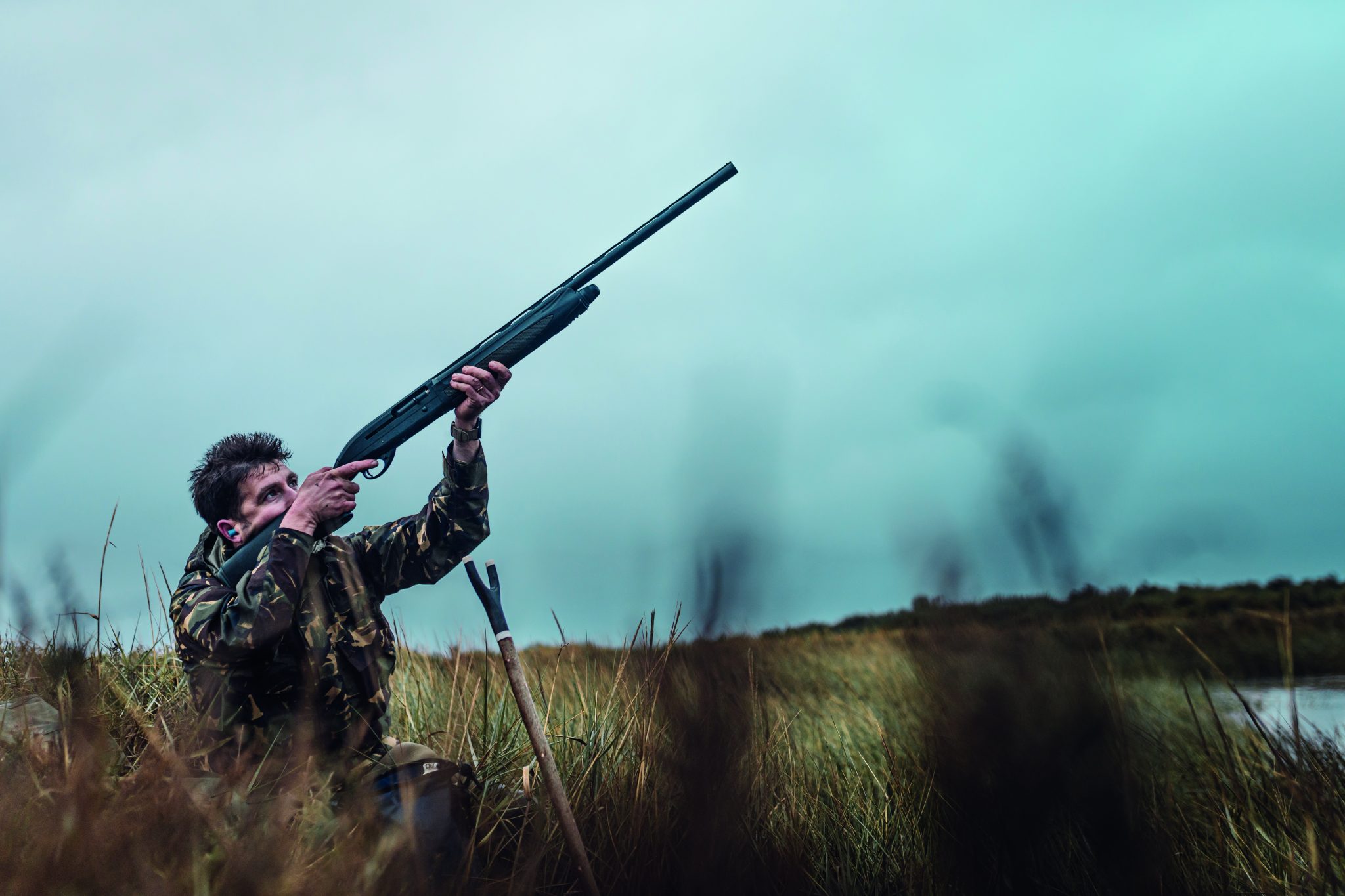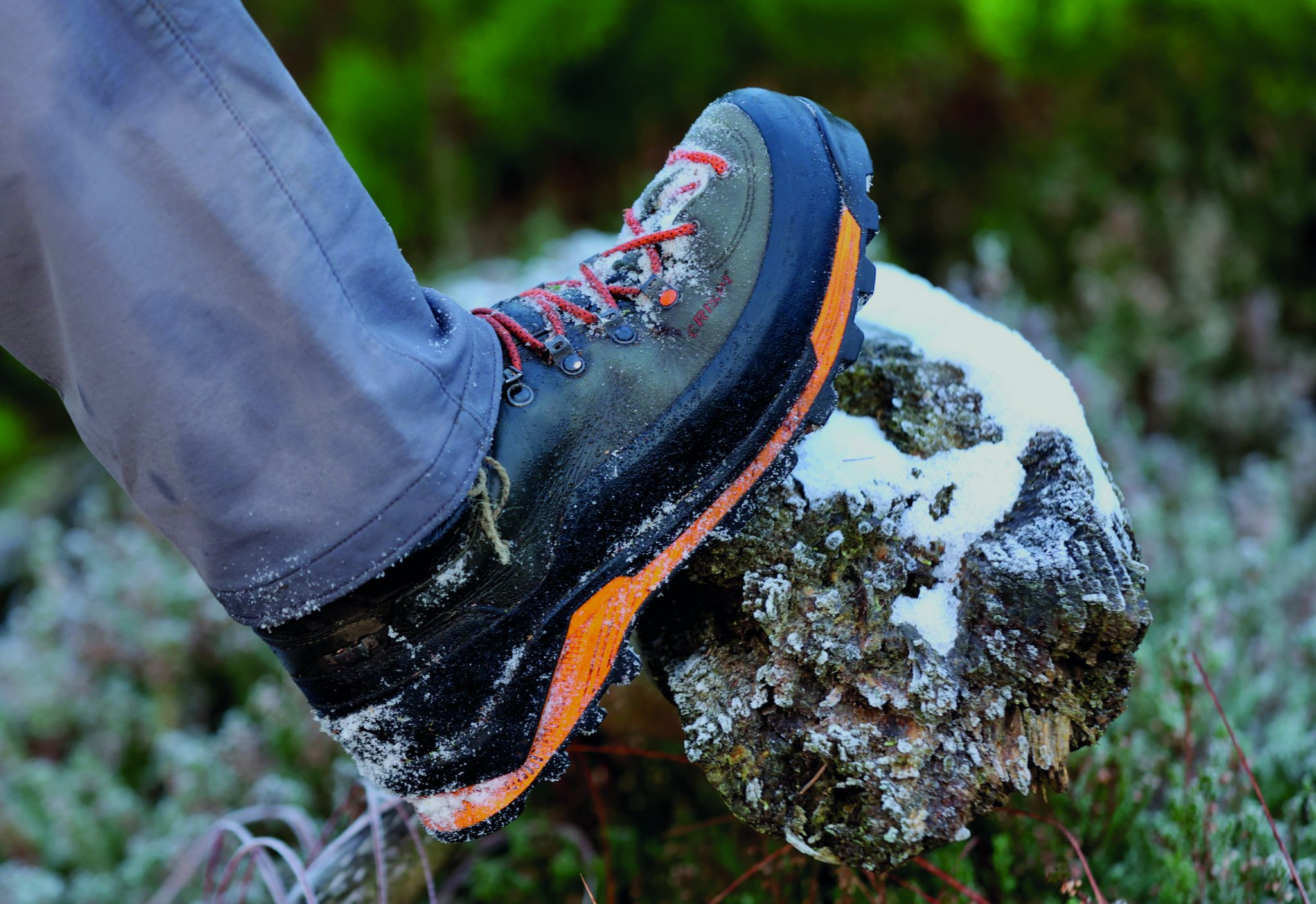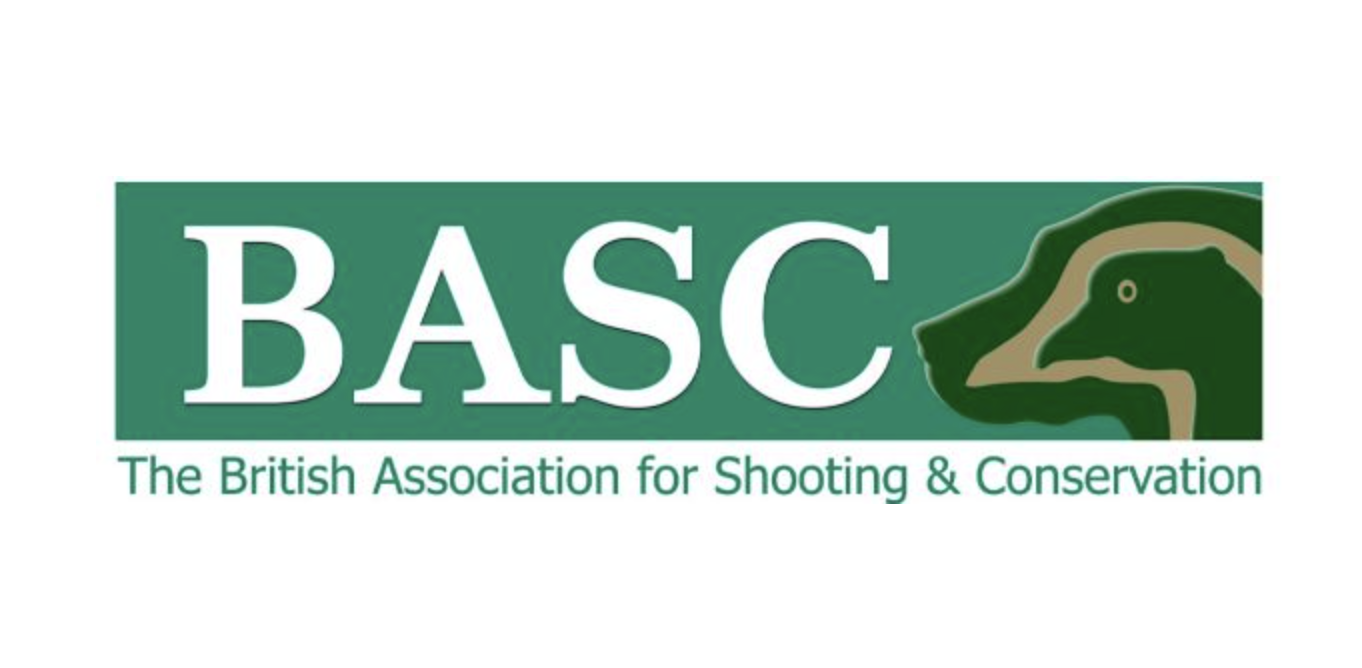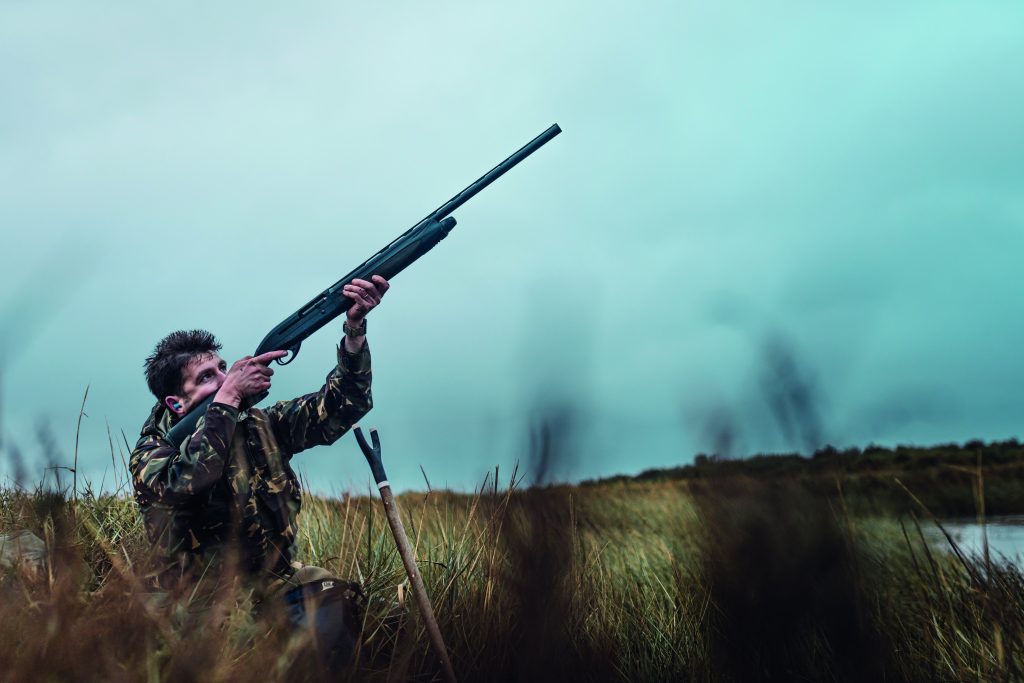Win CENS ProFlex DX5 earplugs worth £1,149 – enter here
Explaining shotgun bore
<strong>Despite modern techniques, the archaic system for setting bore sizes is still in evidence today. Lewis Potter traces the evolution of shotgun measurement</strong>
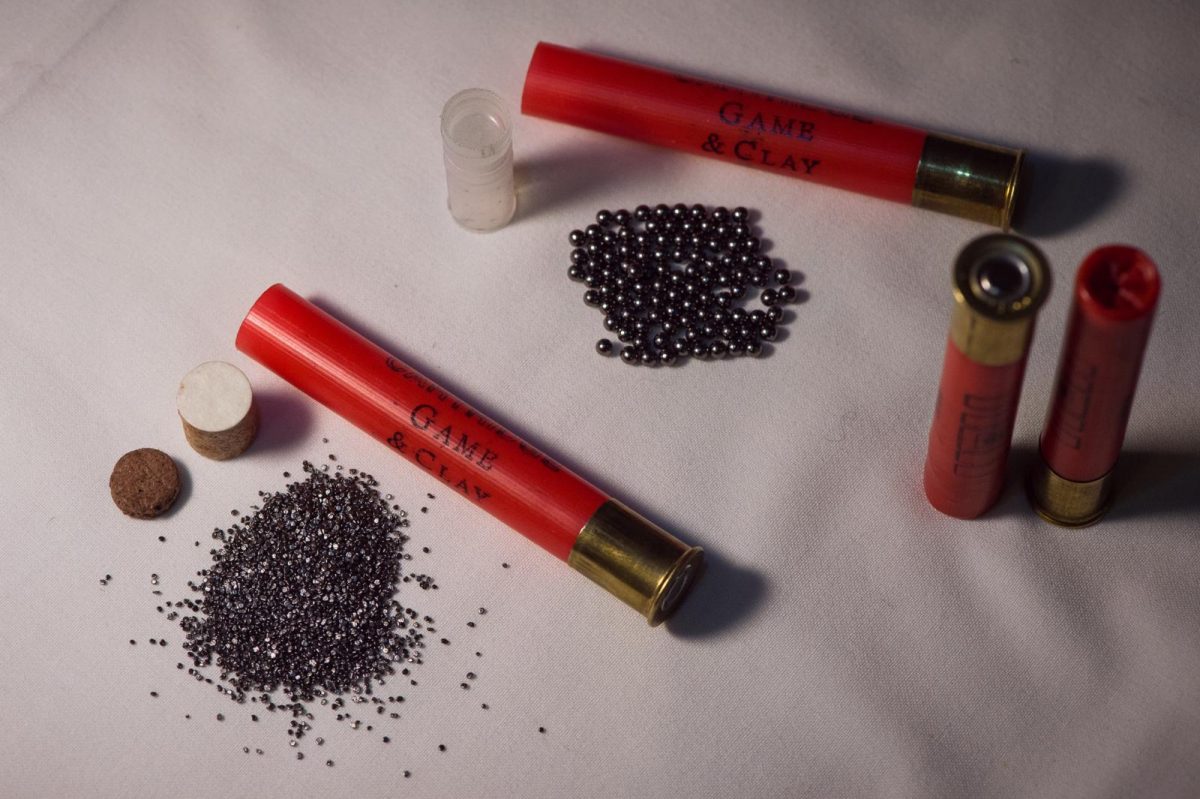
Explaining shotgun bore sizes
In brief
- The “bore” of a shotgun is the empty interior space of a gun barrel
- Bore size is the spherical lead ball that fits the bore
- 16-bore will have 16 lead balls to a 1lb in weight (12-bore will have 12 lead balls to a 1lb in weight)
- A larger number equals smaller bore size
When you start out shooting (and even after you’ve been out a few times) you’ll hear a lot of talk about shotgun bore. Twelve-bore, 16-bore, 20-bore, 28-bore and .410. (Read should I start clayshooting with a 20-bore?)
But what does it all mean? What is what? And which bore should you use for different quarry? Read this piece on explaining shotgun bore sizes and you’ll be fully informed. (Read our article on what’s the right shotgun bore for you.)
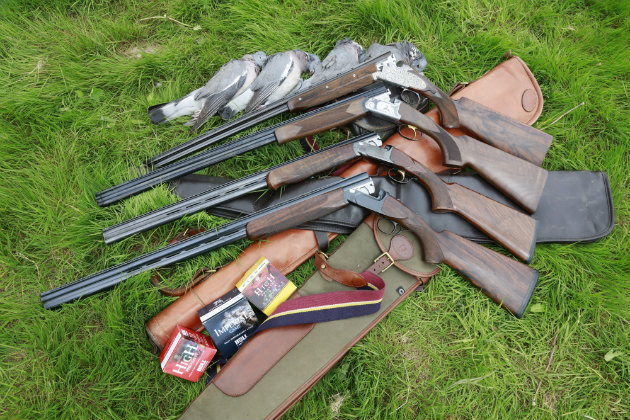
Gun bore sizes. From top: Browning .410, 28-bore Cogswell & Harrison, Perazzi MX20 and Perazzi MX12
How shotgun bore sizes got their names
Before metric came along, things were measured in pounds and ounces. Which is how different shotgun bores got their names.
The term “bore” refers to the empty interior space of a gun barrel through which the ammunition is pushed through when a gun fires.
- The size of a shotgun bore is based on weight based in pounds (llbs). Every pound is divided into 16 ounces (oz).
- Bore size is based on a spherical lead ball that fits the bore. The number of these that it takes to make up a single pound (1lb) in weight denotes the bore size. So 16-bore means 16 lead balls to the pound.
For example, a 16-bore barrel will accept a lead ball that weighs 1oz, which is 16 to the pound. At the other end of the scale a 4-bore means four balls to the pound, each ball weighing 4oz or ¼lb. So a 28-bore being smaller is 28 to make up a pound, and so on.
A larger number means a smaller bore size (the size of the shot) and vice versa.
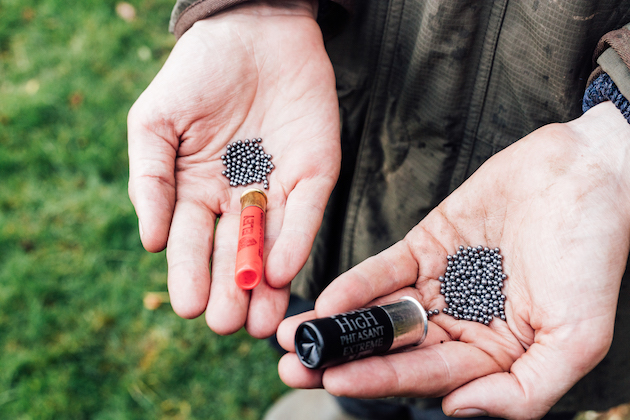
The 410 cartridge (left) and the 12 bore cartridge and the different amounts of shot in each
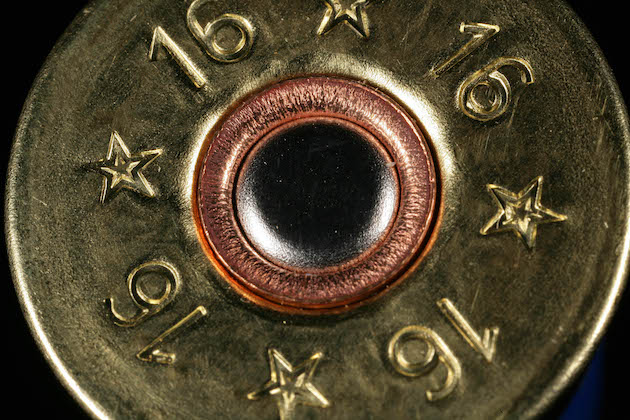
A 16-bore shotgun cartridge
Comparative weights
- With the smoothbore shotgun the weight of the spherical lead ball bears a fairly close relationship to the appropriate shot load.
- Basically, that means a weight of shot (and suitable powder charge) that was both practical and comfortable to shoot relative to the bore size and weight of the gun.
- Some of the old standard loads work out spot on, such as the now obsolete Eley Grand Prix 8-bore with its 2oz load, which is exactly eight to the pound.
- The word gauge is sometimes used as a substitute for bore, a practice that is still common in the US. While the UK sportsman will almost always refer to his gun by bore size, his gunsmith is more likely to check the gauge.
Modern day measuring
The bore comparator allows for greater flexibility in measuring. This is especially useful as the problem with shotgun bores is that even for a given nominal bore there are minor size variations. Modern production techniques such as hammer forging produce barrels to an exact size, but in the days of spill boring and lead lapping this was not possible.
With muzzle-loaders this was of no great consequence as you loaded to suit with wads cut with a punch that was a match for the bore. The advent of the breechloader, with its powder and shot load conveniently packaged in a cartridge, might have been thought to reduce this sort of flexibility. This was not a problem, though, and was accommodated quite simply by using a range of bore sizes for each chambering. This explains how one can come across such seeming anomalies as a 16-bore stamped 17 by the proof house.
- Take the ubiquitous 12-bore, which has four bore sizes represented for a great many years by either whole numbers or vulgar fractions. So, it is quite possible to find older guns stamped either 13, 13/1, 12 or 12/1. If this seems a bit odd, there are nine listed bore sizes for the 8-bore, and 4-bore barrels start at a gauge size of six.
As a very general rule the bigger the bore, the more subdivisions; the smaller gauges, less so. The 28-bore, for example, has three size divisions 27, 28 and 29.
With a double gun, even one in original condition, the two barrel sizes may not be stamped up the same. With one that has been worked on in the bores and reproofed they may be quite different and even carry proof marks from a later period marked to another system. A very early breechloader marked up 12B 13M means that the main bore is gauged at 12 and the muzzle is gauged at 13, so it is choked. Not for ball was also an old way of signifying a choked barrel.

Showing the Proof Mark
Changing the rules of proof
Amazingly, this archaic, if charming but slightly confusing system of expressing the bore size in whole numbers and vulgar fractions stayed with us until 1954, when there was a major change to the rules of proof.
Subsequently, the proof house stamped on the bore size in thousandths of an inch.
- The range of 12-bore barrel sizes was now marked up .710, .719, .729 and .740. This did not signify any dramatic change, as your favourite gun on reproof was not destined suddenly to become a seven-two-nine. Its designation would remain faithful to the old lead ball/weight related system. It is still the case now, even under metric rules of proof.
- There is one oddball, the .410, which is a bore size measurement and not weight related. Just think of it instead as a 36-bore, as some makers still do.
This piece was originally published in 2014 and has been updated.
Related Articles
Get the latest news delivered direct to your door
Subscribe to Shooting Times & Country
Discover the ultimate companion for field sports enthusiasts with Shooting Times & Country Magazine, the UK’s leading weekly publication that has been at the forefront of shooting culture since 1882. Subscribers gain access to expert tips, comprehensive gear reviews, seasonal advice and a vibrant community of like-minded shooters.
Save on shop price when you subscribe with weekly issues featuring in-depth articles on gundog training, exclusive member offers and access to the digital back issue library. A Shooting Times & Country subscription is more than a magazine, don’t just read about the countryside; immerse yourself in its most authoritative and engaging publication.



